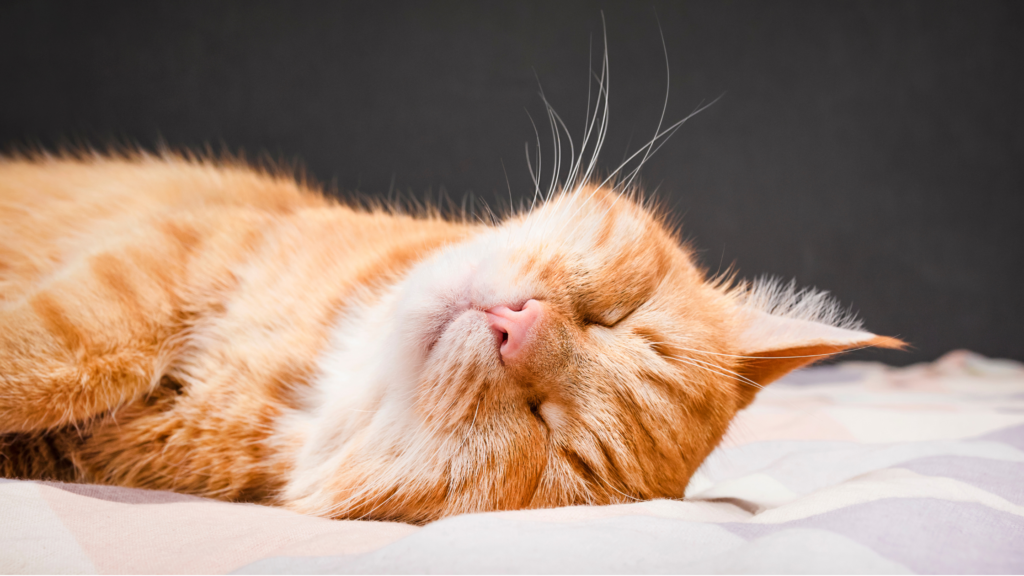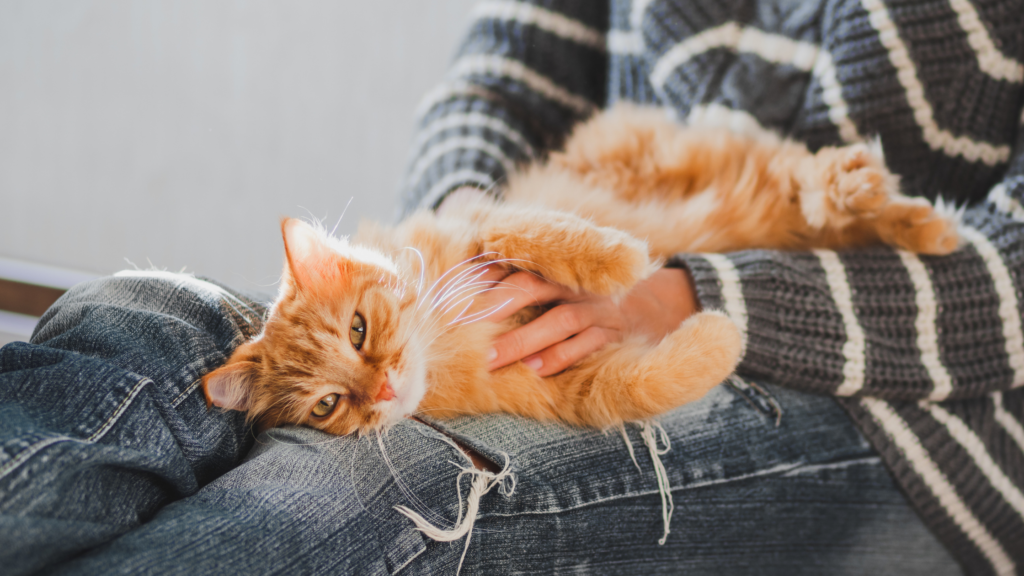
I know the feeling… amidst the daydreaming and excitement of that well deserved holiday, you have that sinking feeling ‘will my cat/s be ok while I’m gone?’
For cat lovers this can cause a lot of stress when considering the various options; a cattery, live in sitter, friend/family member popping in/out, professional sitter popping in/out…
There isn’t a right or wrong choice, as long as you have planned well and given consideration to your cat’s individual needs.
This article is for you, if you have chosen for your cat to stay at home while you go away. If you have chosen a cattery, you can use the checklist in this guide to help you choose one with excellent standards How to find the best cattery for your cat and why it is so important
The following 10 tips will help to ensure that your cat/s feels safe and happy while you are gone, regardless of whether you have employed a professional sitter or are lucky to have a cat loving neighbour, friend of family member. The key is good planning, to ensure minimal disruption to your cat’s daily life.
1. Show them the ropes!
Invite your chosen sitter to your home to discuss your cat’s normal routine. Where possible, try to achieve consistency i.e. timing of meals, position of bowls, interaction before/after feeding. Cats are sensitive and may be quite ‘put out’ by change so fitting into their usual lifestyle will be reassuring for them.
2. Meet the VIC’s (very important cat/s!)
Try to arrange for your sitter to visit when your cat is at home. Use this as an opportunity to demonstrate how your cat likes to interact with you i.e. playful, fussy, picked up (or not!)
3. It might sound crazy but…
Ask your sitter if it’s possible for you to borrow something of theirs, such as a jumper, scarf, pillowcase etc that you can pop by your cat when they are relaxed. This will help your cat to familiarise themselves with their scent which again, may offer some reassurance in terms of familiarity when you’re gone.
4. Avoid new stressors
Make sure your sitter knows what your cat is used to. For example, they may not be used to small children and any squeals of excitement or fast movements might be too stressful for your cat to cope with. Inform your sitter of your cat’s safe places and the importance of these remaining accessible the whole time.
5. Respecting your cat’s wishes
Your cat/s may choose to hide initially when they realise that something is different. It’s kind to grant them this wish, so ask your sitter to respect this and not attempt to remove them from a hiding place. In this situation it is best for the sitter to act as though the cat is invisible (making sure that your cat can access their essential resources without drawing unwanted attention to themselves).
Even if your cat/s are usually friendly and confident it is still important to respect their preferences whilst enjoying some positive interaction. If your sitter is unfamiliar with cats, they may not realise that it’s not usually a good idea to stroke a cat’s tummy, sides or base of tail. Inform them how the least threatening way of interaction is to kneel or sit down and reach out a loosely clenched fist or finger (lower than the cat’s head height) keeping still and calm. Your cat can then check out their scent and decide what to do next, whether it be a head bump or a disappearing act!
6. Who is this new human?
If your cat appears to be wary and prefers to view this strange new person from a distance, they can try blinking very slowly or closing their eyes and looking away before reopening them (this behaviour will be interpreted as ‘non-threatening’ by your cat, who may even respond by doing the same! They can also try making a quiet ‘chirrup’ noise to the cat which sounds like “purrrrrrrrrrrrrup’. Cats sometimes use this as a friendly vocal greeting, so it may generate some interest or help to reassure that the person is friendly.
7. Don’t forget the meds!
If your cat is on medication make sure to demonstrate how this is given (and the amount of patience required)! Give the sitter opportunity to practice giving the medication while you are there, to make sure that they are comfortable doing so.
8. Don’t get this wrong! (a little note from the cat!)
Leave plenty of food for your cat and show the sitter how much to give (this might sound obvious but if your sitter isn’t familiar with cats, they may offer too much or too little). Also ensure that you leave sufficient food or advice on which food to get if required. It is not advisable to change a cat’s diet without doing it gradually, so again consistency is the key.
9. In case of emergency…
Make sure your sitter has details for your veterinary practice in case of emergency. It would also be a good idea to leave your pet insurance details as in the event of a large bill accruing, the vet may need to see proof of how the bills will be paid. Agree with the sitter whether you want to be informed of any illness or accident involving your cat while you are away and leave your contact details if necessary. This is often overlooked as it isn’t something we want to think about, but it is crucial in ensuring your cat gets the right care and that your sitter doesn’t find themselves in a very awkward situation.
10. Last but not least… the cat carrier!
Finally, in case of emergencies ensure your cat’s carrier is accessible. Inform your sitter where the carrier is and how you usually encourage your cat inside i.e. forwards, backwards, lowered through the top etc. If your cat isn’t already comfortable with their carrier check out this article for more tips Helping your cat to feel less stressed in the carrier
Now you can sit back, grab that Pina Colada and dream of your perfect break, knowing that your cat/s will be in safe hands.

